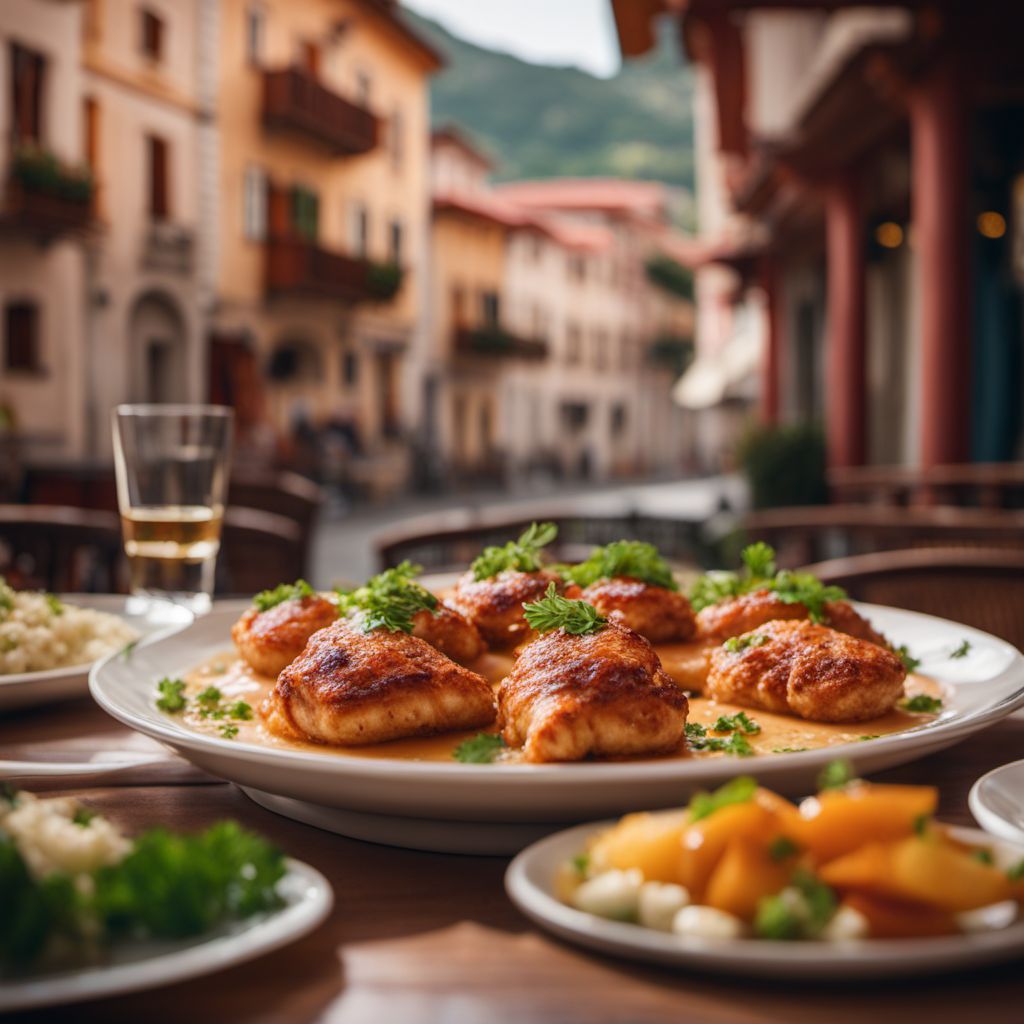
Cuisine
Montenegrin cuisine
Montenegrin cuisine is known for its fresh and simple dishes, often featuring seafood, vegetables, and cheese. The cuisine is heavily influenced by neighboring countries such as Italy, Greece, and Serbia. Montenegrin cuisine is also known for its use of olive oil and herbs, which add flavor and depth to the dishes.
Typical ingredients
Fish, Shellfish, Cheese, Olives, Tomatoes, Peppers, Eggplant, Zucchini, Garlic, Onions, Olive oil, Rosemary, Thyme, Oregano, Basil
Presentation and garnishing
Dishes are often presented family-style, with large platters of food being placed in the center of the table. Garnishes may include fresh herbs, lemon wedges, and sliced vegetables.
Montenegrin cuisine is known for its use of Njeguški pršut, a type of smoked ham that is a specialty of the region.
More cuisines from this region...
Greek cuisine, Serbian cuisine, Macedonian cuisine, Kosovan cuisine, Croatian cuisine, Bosnian cuisine, Albanian cuisine, Aromanian cuisine
History
Montenegrin cuisine has a long and rich history, dating back to ancient times. The region has been influenced by various cultures and empires, including the Romans, Ottomans, and Yugoslavs. Montenegrin cuisine has evolved over time, incorporating new ingredients and techniques while still maintaining its traditional roots.
Cultural significance
Food is an important part of Montenegrin culture, with many traditional dishes being served at celebrations and festivals. Montenegrin cuisine is also known for its hospitality, with guests often being served large portions of food and drink.
Health benefits and considerations
Montenegrin cuisine is generally considered to be healthy, with an emphasis on fresh ingredients and home cooking. However, some dishes may be high in fat and calories, particularly those featuring cheese and olive oil.
Montenegrin cuisine dishes

Crnogorska pogača
Crnogorska pogaca
Crnogorska pogača is a traditional Montenegrin bread that is typically served during festive occasions. It is made with a combination of flour, yeast, salt, and water, and is...

Priganice
Priganice is a traditional Serbian dish that is made with fried dough. It is a popular dish in Serbia and is often served as a snack or a dessert.

Bobići
Bobici
Bobići is a traditional Bosnian dessert that is made from semolina and sugar. It is a sweet and creamy dessert that is perfect for any occasion.
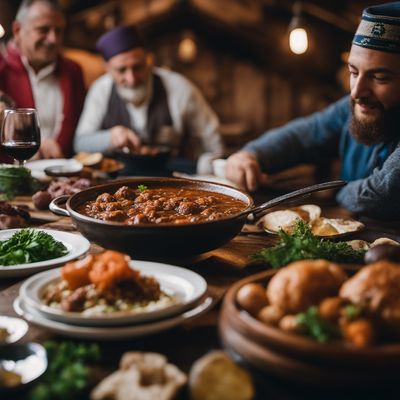
Balšića tava
Balšića tava is a traditional Montenegrin dish that is perfect for a hearty meal. It is a meat and vegetable stew that is slow-cooked to perfection.
Montenegrin cuisine recipes Browse all »
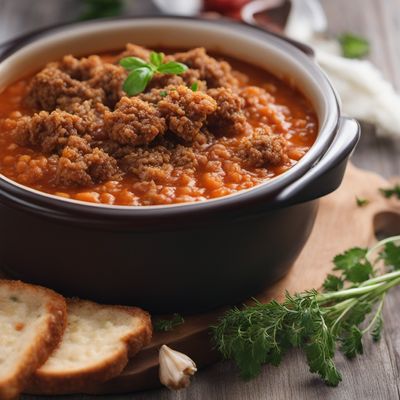
Montenegrin-style Supplì with a Twist
Savory Rice Balls: A Montenegrin Delight
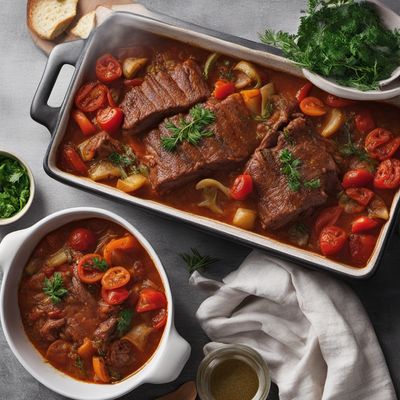
Balšića Tava - Montenegrin Meat and Vegetable Casserole
Savory Delight: Montenegrin Balšića Tava Casserole
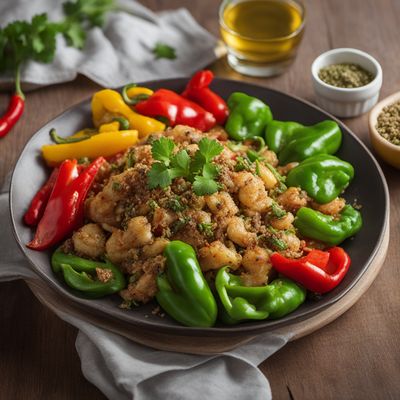
Montenegrin-style Cauliflower Stir-Fry
Savory Montenegrin Cauliflower Delight
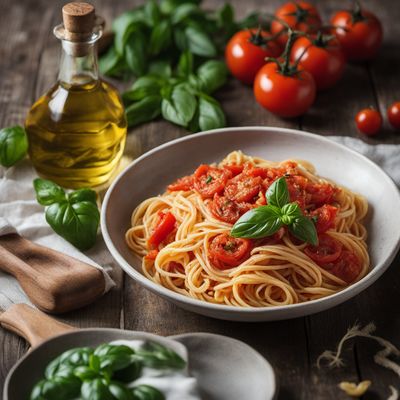
Montenegrin-style Scialatielli alla Sorrentina
Savory Montenegrin Twist on Scialatielli alla Sorrentina
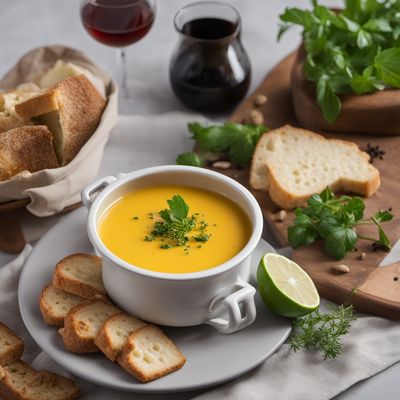
Montenegrin Cheese Fondue
Savory Melting Pot: Montenegrin Cheese Fondue

Montenegrin-style Breaded Alpaca Cutlets
Savory Delight: Montenegrin Breaded Alpaca Cutlets
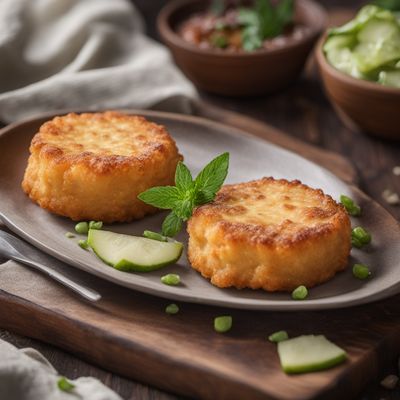
Montenegrin Cheese Fritters
Savory Delights: Montenegrin Cheese Fritters

Montenegrin Tarte Tatin
Caramelized Apple Delight: Montenegrin Tarte Tatin

Montenegrin-style Abbacchio brodettato
Tender Montenegrin Lamb Stew with a Twist
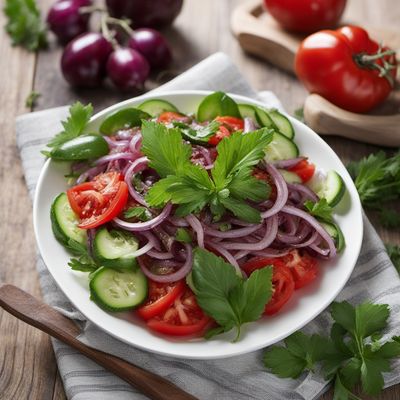
Montenegrin-style Salted Anchovy Salad
Savory Delight: Montenegrin Anchovy Salad

Montenegrin-style Torta de Marcelo
Savory Montenegrin Delight: Torta de Marcelo with a Local Twist
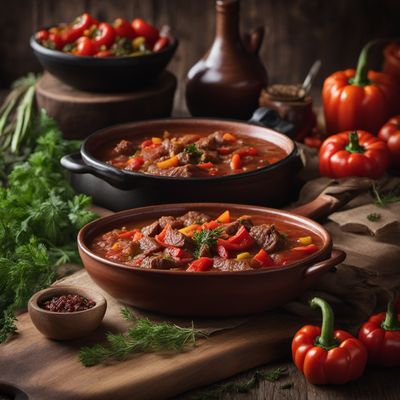
Montenegrin Bobići with Beef and Vegetables
Hearty Montenegrin Beef Stew with Vibrant Vegetables